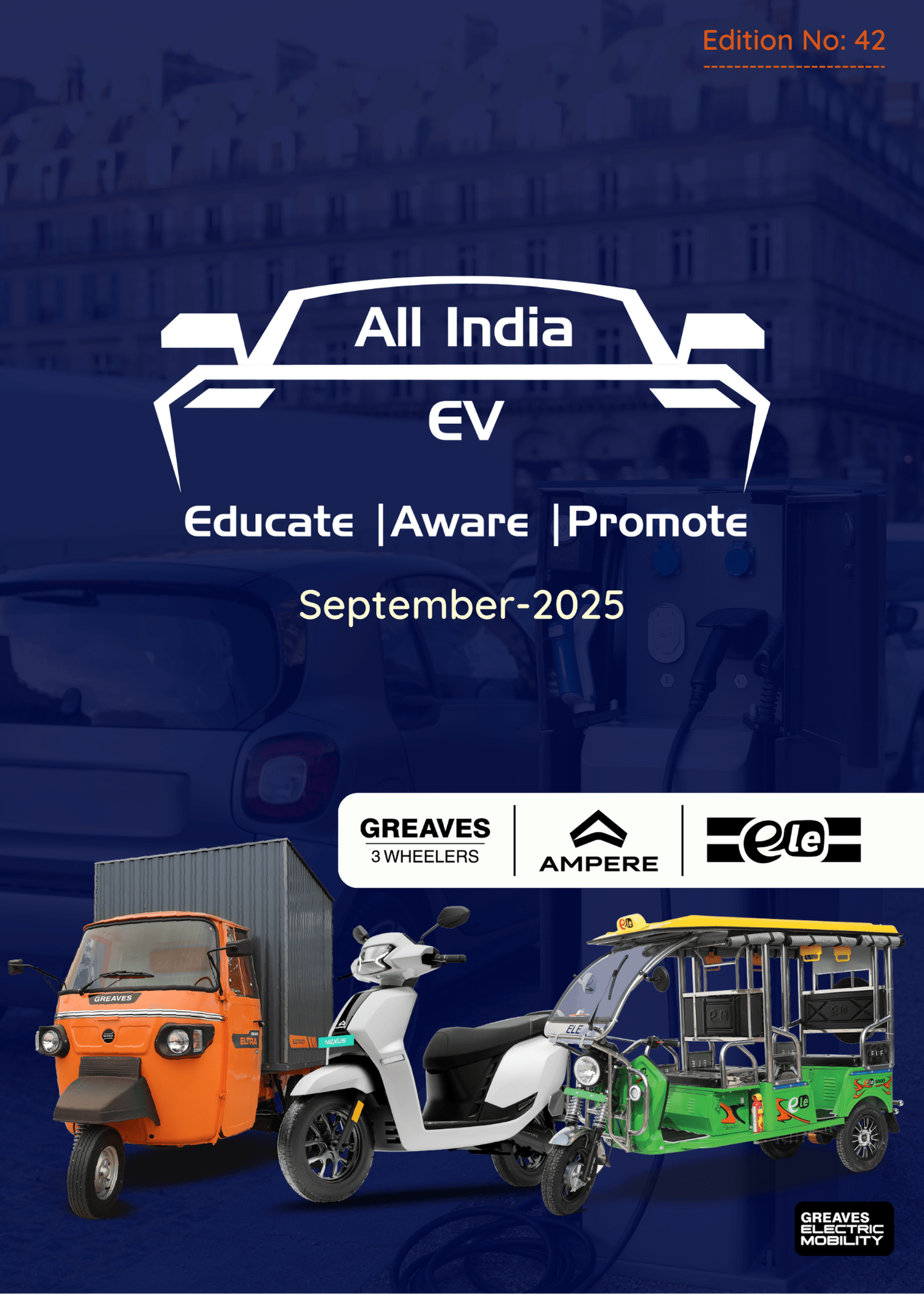
Revolutionizing Electric Motors: No Copper, No Aluminum, Just CNTs
Researchers from the Korea Institute of Science and Technology (KIST) have achieved a feat that could transform the electric motor industry: building a high-performance electric motor without the heavy copper or aluminum coils that have powered machines for more than a century.
Their secret ingredient? Carbon nanotubes (CNTs), pioneering a lightweight and efficient future for electric mobility.
What Makes Carbon Nanotubes So Special?
CNTs are one-dimensional nanostructures, incredibly slender—around 1/50,000 the width of a human hair—yet remarkably strong and conductive. Each CNT wire is as thin as a business card but has the mechanical strength to power spinning motors, thanks to these groundbreaking molecular properties:
- Ultra-low weight: Almost no mass, yet high strength.
- Superior electrical conductivity: Nearly metal-like.
- Exceptional flexibility: Can be woven and twisted into cable form.
The LAST Technique: A New Era of Motor Wire Manufacturing
The innovation hinges on a process dubbed LAST (Lyotropic Liquid Crystal-Assisted Surface Texturing):
- Lyotropic liquid crystals are a unique state of matter, flowing like a liquid but maintaining a solid-like order. This property is harnessed to precisely align CNTs, maximizing their conductivity and minimizing imperfections.
- The technique strips away metal impurities, leaving a pure carbon nanostructure.
- The result: “Core-sheath composite electric cables” (CSCEC) that feature a CNT core encased in a thin polymer sheath for safe insulation.
Each CNT wire measures just 0.3mm thick—about the width of a business card—a testament to nanotechnology’s potential to shrink and lighten our machines.
Small-Scale Test, Massive Potential
To prove their method, KIST scientists used these CNT cables to power a small electric motor, installed in a model car. While running at a modest 2–3 volts, its performance per unit weight was a standout.
Here’s the real-world impact:
MaterialConductivity (MS/m)Cost ($/kg)Motor Weight ReductionNotes
Copper 59 10 Baseline Industry standard
CNT (via LAST) 7.7 375 Up to 30% Needs further optimization
Example: Copper coils can account for 25% of a Tesla motor’s weight. Swapping them for CNTs could reduce each motor’s weight by 35lbs!
Why This Matters
Lighter motors mean:
- Longer battery life: Lower overall vehicle weight boosts range.
- Quicker acceleration: Less rotating mass is easier to spin.
- Streamlined cooling: Reduced heat builds up, allowing for smaller, lighter cooling systems.
- Ideal for aerospace: Every gram counts in drones, aircraft, and new mobility options.
The Challenges Ahead
- Conductivity gap: CNTs lag behind copper (7.7 MS/m vs. 59 MS/m), so further technical refinements are needed.
- Cost concerns: At $375/kg, CNT wires are far pricier than copper.
- Engineering overhauls: Motor designs will need to adapt to fully exploit CNT advantages.
- Environmental impacts: Current CNT production methods carry ecological concerns that must be addressed.
The Road Forward
Despite these obstacles, this breakthrough marks a watershed moment for electric motors. As electric vehicles, drones, and eVTOL aircraft scale up, materials like carbon nanotubes could become the “carbon fiber” of electrical systems—lighter, stronger, and smarter than ever before.
This innovation paves the way for lighter, more efficient, and potentially more sustainable transportation, redefining how we think about electric motors and the future of mobility.










